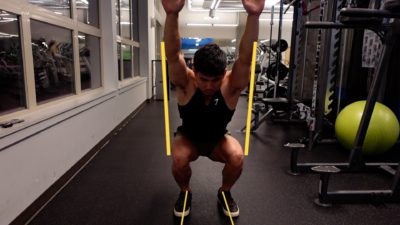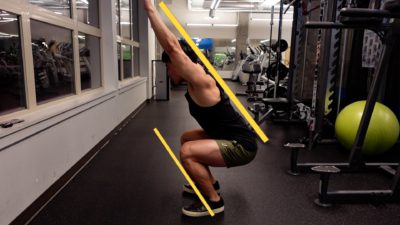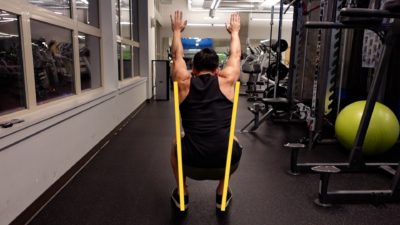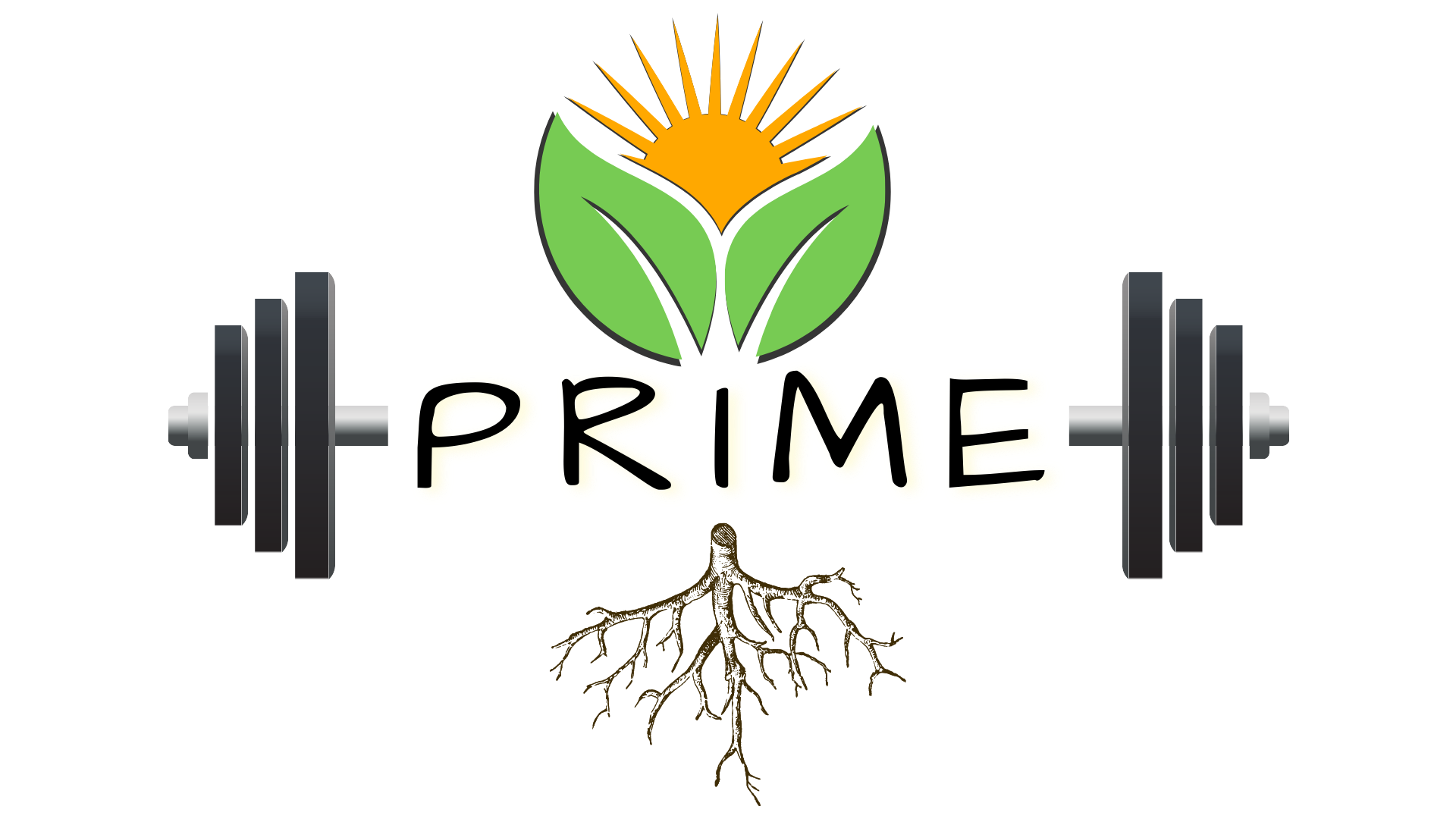If you just started a training routine and you’re trying to build your legs up, I have some important leg day advice for the beginners out there.
This is part of the Push Pull Legs for Muscle Growth series, and gives practical leg day advice for beginners. Even if you do an upper/lower body training split, or full body workouts, this applies to leg training in general.
Leg workouts can be intimidating, so I want to set you guys up for success and help you develop good habits early on. My goal is to help you make a few adjustments to your routine so that you can start having better leg days.
We don’t skip legs over here. If you want a strong set of wheels, I’m gonna share some practical training tips that you want to keep in mind before your next workout.
Resist the urge to skip leg day
If you don’t like leg day, that’s okay. Better get used to it, since you’re gonna be training your legs just as hard as everything else.
Push Pull Legs allows you to train your legs with a lot volume, so you’ll have plenty of opportunity to build your legs up to the same level as your upper body. Get in the habit of not missing, or favoring certain workouts. Approach every workout with equal effort and volume to build a balanced physique.
The best way to build a balanced physique is to make your lower body proportional to your upper body, in terms of strength and muscle mass. Most guys want a bigger chest, shoulders, and arms, but usually don’t prioritize their legs as much. That’s how the whole “don’t skip leg day” thing started.
Resist the urge to skip leg day, even though you want to.
It’s easier said than done since we all have days that we don’t want to go to the gym. And for some reason it always happens on leg day. Push day and Pull day is my favorite, but any reason to skip leg day and I’m taking it! That’s a joke, don’t skip leg day.
My theory is that, the reason (some) guys skip leg day is because they simply try to lift too heavy in the beginning, which creates a sense of dread in their minds about how painful the workout is going to be, and how they’re not gonna make it, etc.
Leg days are hard enough using good form. If you don’t have good form, not only does it cause more pain, it can actually be dangerous. Not doing the movement correctly creates stress on the wrong parts of your body.
Your goal is to create tension in the muscles, not your spine.
Do the exercises correctly, and you’re more likely to enjoy the process of building muscle and strength. If you enjoy the process, you’re less likely to miss workouts.
Maybe “enjoy” is too strong of a word when we’re talking about leg day. But the point is that following a Push Pull Legs training routine will hold you accountable to not skip leg workouts and as a result, you can develop a well-balanced physique.
Overhead squat assessment
According to the National Academy of Sports Medicine (NASM), the overhead squat is one of the first things a beginner should do before performing any kind of squat.
Normally you would do this during a live session with a Certified Personal Trainer, but the next best thing is to record yourself doing it.
Follow these steps:
- Stand with your feet at shoulder width, or slightly wider;
- Hold both arms straight up over your head, palms facing forward
- Imagine there’s a chair right behind you, bend your knees, and slowly lower yourself down to a 90 degree angle as if you’re taking a seat
- Keep your back as straight as possible. Your arms and spine should form a straight line.

Front View

Side View

Rear View
Record yourself doing this from three different angles: front, side and back. Go back and watch the video clips to see if your form looks good or there’s something that needs attention. It doesn’t need to look perfect, but you want to at least be aware of what good and bad form looks like.
If something looks off, like your knees cave in, arms fall forward, or you can’t go all the way down, what it means is there’s a weak link in your kinetic chain that’s preventing your body from going through the full range of motion.
Either that, or you have an over-active muscle affecting the movement. You want to strengthen your weak points, correct imbalances, and fix bad form early on to avoid possible issues down the road.
If you can’t quite do this yet, that’s okay. What you can do for now is practice squatting with a box behind you so all you have to do is sit on the box, and stand up.
For resistance, hold a kettlebell across your chest. Or you can use a dumbbell and hold it like you would doing a goblet squat.
The important thing is to practice sitting on the box. This will help you get used to the correct movement, and learn how to do it right from the start.
If your overhead squat looks good right now, start by squatting only the bar. In case you didn’t know, that’s about 45 pounds.
If you can do 20 reps with good form, only then should you start adding weight. Before you add too much weight however, record yourself doing a set of 20 at the current weight you’re using so you can visualize what good form (or maybe bad form) looks like.
As you get more advanced, you can do sets of 5-10 (which is quite heavy), and you might even get into powerlifting. But in your first year working out, I recommend just sticking to around 15-20 reps for all your lower body sets.
Example Leg Day Workouts
Quads focused leg workout
Barbell squat 4 sets
Leg Press lower foot position 4 sets
Leg extension machine each leg separately 4 sets
Reverse lunges with dumbbells 3 sets
Walking lunges with dumbbells 3 sets
Standing calf raises 3 sets
Hamstring focused leg workout:
Barbell squat 4 sets
Romanian deadlift with dumbbells 4 sets
Leg curl machine each leg separately 4 sets
Leg Press higher feet position 3 sets
Standing lunges with dumbbells 3 sets
Standing calf raises 3 sets
Since putting that video up, I realized that it might not be a good idea to copy that workout plan if you don’t know how to do the movements yet.
Just because I always start my leg workouts with barbell squat, doesn’t mean you should.
Before you put a heavy bar on your back, it’s a good idea to get a baseline for how your body moves, to see if you can safely and effectively squat.
You want to be sure that nothing is preventing you from going through the full range of motion. There’s a progression you want to go through to make sure your form is at least good enough.
The best way to find this out is to record yourself doing the overhead squat assessment.
Fix your form BEFORE you start adding weight
A mistake I see all the time is when guys try to squat too heavy before learning the correct form.
Not only are you liable to get injured, you’re building strength on a shaky foundation. This can lead to a sticking point that prevents future progress. Looking at it from a long term perspective, you either have to fix your form now, or later. Might as well do it now.
I don’t know what it is, but it seems like some guys view 135 as the minimum you can squat and if you can’t squat one plate, might as well not even do it. That’s all ego. I’d rather see you lift 95 pounds with good form than try to put up 225 with bad form.
About 6 years into my training, I was squatting 300 pounds for reps. For me, that was really heavy. After awhile, I started noticing more aches and pains, and slower recovery from leg days. I had to lower the amount of weight I was squatting so I could fix my form. I went all the way down to repping 135.
Once I fixed my squat mechanics, I was able to build strength on a better foundation. I began to see more muscle gains. The level of detail in my quads, hamstrings, and calves increased significantly. More detailed muscle striations and separations. There was also a noticeable improvement in muscle size, especially in the pump I got during workouts.
On a side note: one of the best visual signs that you’re making gains is your pump. Pay attention to the pump. If you notice that it gets crazier over time, it’s a good sign that you’re making progress.
If you can check your ego at the door, lift lighter weights, and learn the movements correctly, the process of lifting heavier will be more enjoyable in the future.
How To Target Different Parts Of Your Legs While Doing Leg Press
Here’s one way you can use the leg press machine to target the different parts of your legs. Next time you do this exercise, pay attention to your foot placement. You can switch up the position to either target your quads or hamstrings.

Foot Position Targets Different Areas
As a rule of thumb, the higher your feet are on the board, the more you’re targeting hamstrings and glutes. Place your feet lower on the board, and that targets your quads more.
You can also create more tension on specific parts of your quads depending on foot placement.
Your quads are made up of four different muscles, which is why you should hit them from different angles.
You can do this by placing your feet wider apart, or closer together. A low, wide stance targets your vastus medialis, aka ‘teardrop’, or inner quads. If your feet are closer together, this creates more tension in your outer quads.
Squat vs. Leg Press — Which is Better?
Even though the leg press machine is one of my favorites, I always start my leg workout with barbell squats. It’s a compound movement, which means it stimulates all the muscles in your lower body at the same time.
But leg press is also a compound movement, can you do that instead?
I like doing squats before leg press because it’s a better measure of strength and allows me to quickly get a sense of how I’m feeling.
The first couple sets usually tells me everything I need to know about how I’m feeling and how the rest of the workout is going to go.
By doing these at the beginning of my workout, I have the energy and focus to go as hard as possible.
It’s one of the heaviest and most complex exercises you can do. It also challenges your core strength, balance, flexibility, and breathing techniques. It’s a very demanding exercise. Not just physically but also mentally.
If you start your workout with leg extensions and then you do barbell squat, you already used up some of your muscle glycogen, which will take away from your energy, volume, and strength.
Importance of Unilateral Training, or One Leg at a time
All this talk about barbell squats got me thinking — single leg, or unilateral exercises are also an important part of any good leg day.
There’s definitely more to leg training than doing the same basic, compound exercises. When you always do the same movements like squat, deadlift, and leg press, your legs always work together in a fixed position.
This is not how your legs actually move in real life. What happens is you become very efficient at doing squats, deadlifts, and leg press. To the point where, even if you don’t have good form, your body still finds a way to move the weight from point A to point B.
By doing unilateral exercises, you take each leg through the movement completely independent of the other leg. This means you can’t “cheat” as easily.
It’s very likely that one of your legs is dominant over the other. A little bigger and stronger. You tend to favor this leg during workouts, whether you know it or not.
You compensate for your weaker leg by drawing energy from other parts of your body. This happens automatically.
Your body has such an amazing ability to adapt, that if you practice doing an exercise incorrectly, you will get better at doing it wrong until something breaks.
I’m a big believer in heavy compound movements. But the problem with doing the same exercises all the time is that it gives you what I call, an illusion of functional strength.
You might be very strong in the gym when you’re lifting weights, but what about in real life? If you always train both of your legs, at the same time, in the same movement pattern, you are limiting your potential for gains.
Functional strength is about how strong and fit you are in real life. This includes when you’re standing on one leg, or in an awkward position.
Once you start adding single leg exercises to your routine, you’ll quickly notice the imbalances in your lower body. This allows you to start building up your weak areas.
Conclusion
When you consider all those times you racked the weight because it was too hard, and you told yourself you couldn’t do any more. A lot of that is mental.
You probably could’ve done five more reps. Your ability to deal with negative thoughts during a tough set is a skill that you develop over time. Eventually you become better at “pushing through the pain”.

Comments are closed.